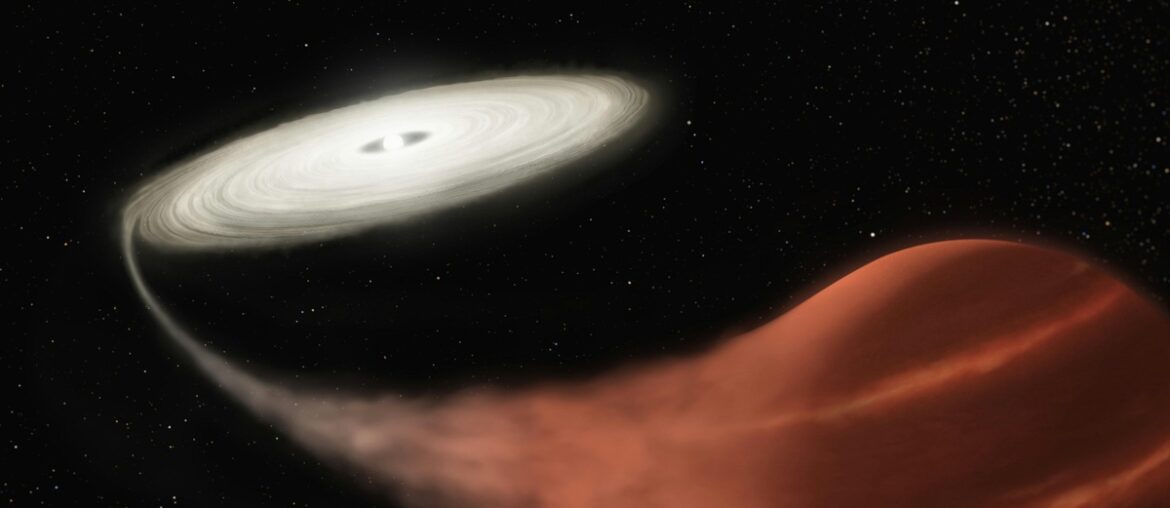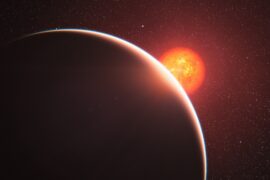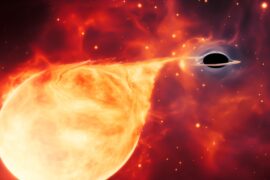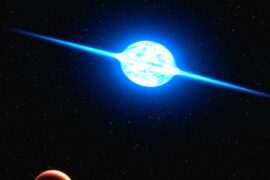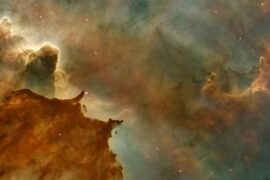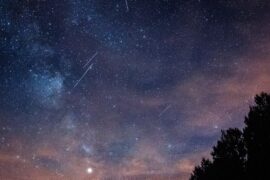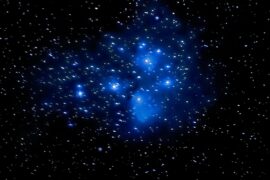The nearby sky contains a surprising variety of low-temperature objects—red and brown dwarfs, T and Y spectral types, and other faint neighbors discovered by wide-field infrared surveys. These cool objects help astronomers study atmospheres, formation processes, and the immediate solar neighborhood in ways hotter stars cannot.
There are 25 Coolest Stars, ranging from 2MASS 0415-0935 to WISEPC J0458+6434. For each entry the table below lists Temp (K), Spectral type, Distance (ly) so you can quickly compare temperatures, classifications and distances; you’ll find below.
How is “coolest” defined for the stars on this list?
“Coolest” here refers primarily to measured effective temperature (K) and spectral classification (T/Y types for very low temperatures), as reported in recent infrared surveys and follow-up studies; catalogs and observational uncertainties are noted in source references so you can see how ranking may change with new data.
Can I observe any of these objects with amateur equipment?
Most are faint in visible light and emit mainly in infrared, so casual backyard observing is difficult; a few of the nearest entries may be reachable with large amateur telescopes and IR-sensitive cameras or by using published finder charts and coordinates—check the Distance (ly) and reported magnitudes in the table below before planning observations.
Coolest Stars
| Name | Temp (K) | Spectral type | Distance (ly) |
|---|---|---|---|
| WISE 0855−0714 | 250 | Y2 | 7.5 |
| WISE 1828+2650 | 325 | Y2 | 47 |
| WISE J0350-5658 | 375 | Y1 | 18 |
| WISEA J0410+1502 | 450 | Y0 | 33.1 |
| UGPS J0722-0540 | 485 | T9 | 13.4 |
| ULAS J1335+1130 | 575 | T9 | 32.6 |
| WISEPC J0458+6434 | 600 | T8.5 + T9.5 | 45.7 |
| WISE 0359−5401 | 670 | T8p | 46.8 |
| CFBDSIR 2149-0403 | 700 | T7.5 | 130 |
| 2MASS 0415-0935 | 750 | T8 | 18.5 |
| Epsilon Indi Bb | 850 | T6 | 11.8 |
| Gliese 570 D | 850 | T7.5 | 19.2 |
| Gliese 229 B | 950 | T7 | 18.8 |
| SCR 1845-6357 B | 950 | T6 | 12.6 |
| PSO J318.5-22 | 1,100 | L7 | 80.2 |
| SIMP J013656.5+093347 | 1,100 | T2.5 | 20 |
| Luhman 16B | 1,210 | T0.5 | 6.5 |
| Epsilon Indi Ba | 1,300 | T1 | 11.8 |
| Luhman 16A | 1,350 | L7.5 | 6.5 |
| DENIS-P J081730.0-615520 | 1,400 | L9.5 | 16.3 |
| 2MASSW J1207334-393254 | 1,600 | L-type | 170 |
| Cha 110913-773444 | 1,800 | L-type | 529 |
| 2MASS J0523-1403 | 2,075 | L2.5 | 40 |
| Teide 1 | 2,200 | L5 | 400 |
| OTS 44 | 2,300 | L-type | 550 |
Images and Descriptions
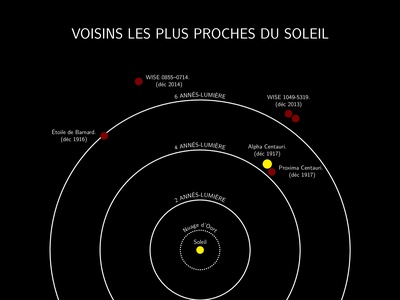
WISE 0855−0714
The coldest known brown dwarf, with a temperature similar to Earth’s poles. It is so cold that it is thought to have water ice clouds, making it a unique laboratory for studying frigid planetary-like atmospheres.

WISE 1828+2650
The prototype Y2 dwarf, representing the very coldest class of stellar objects. Its discovery helped formally establish the “Y” spectral type for objects cooler than the previously known T dwarfs, with temperatures below 500 K.

WISE J0350-5658
An extremely cold Y1-type brown dwarf, showcasing the properties of objects at the boundary of star and planet formation. Its faintness and low temperature make it an important benchmark for models of ultracool atmospheres.

WISEA J0410+1502
A classic example of a Y0 brown dwarf, the warmest of the Y-class. It bridges the gap between the methane-rich T-dwarfs and the even colder Y-dwarfs, helping astronomers understand this critical temperature transition.
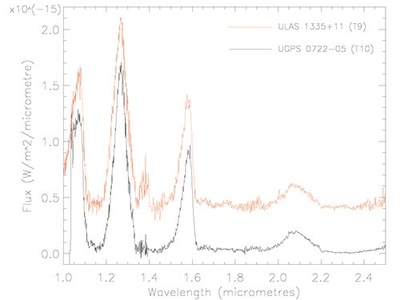
UGPS J0722-0540
One of the nearest known T-dwarfs, discovered using the UKIRT Infrared Deep Sky Survey. Its proximity and very late T-type classification make it a prime target for detailed atmospheric studies and parallax measurements.

ULAS J1335+1130
One of the coolest known T-dwarfs, bordering on the Y spectral class. It was a record-holder for the coldest brown dwarf at the time of its discovery and remains a key object for studying the T/Y transition.

WISEPC J0458+6434
A binary system containing two late T-type brown dwarfs. This rare pair provides a unique opportunity to test evolutionary models by comparing two extremely cool objects that formed together from the same material and at the same time.
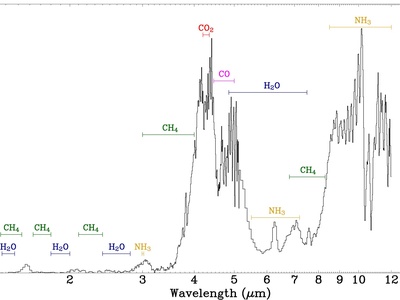
WISE 0359−5401
A peculiar T8-type brown dwarf located in the southern sky. Its unusual spectral features suggest a unique atmospheric chemistry or composition, making it an intriguing subject for astronomers studying the diversity of these cool objects.
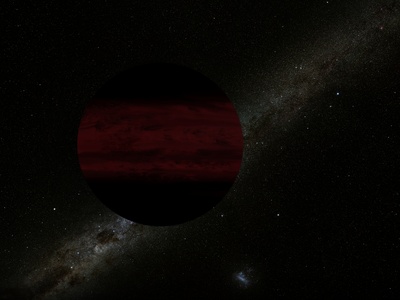
CFBDSIR 2149-0403
A candidate free-floating planetary-mass object. While its status is debated, its estimated mass is only a few times that of Jupiter, making it a fascinating example of an object adrift in space without a parent star.

2MASS 0415-0935
A benchmark T8 brown dwarf known for its unusually red color. This feature suggests a thicker or higher-altitude cloud deck than is typical for its temperature, providing clues about atmospheric dynamics and cloud formation on these objects.

Epsilon Indi Bb
The cooler and less massive component of the binary brown dwarf system orbiting the nearby star Epsilon Indi. This pair is one of the closest examples of brown dwarfs, offering a laboratory for studying ultracool object formation.

Gliese 570 D
A brown dwarf that is part of a quadruple system, orbiting the primary star Gliese 570 A along with two other stars. Its well-defined orbit and membership in a complex system provide valuable data for formation theories.
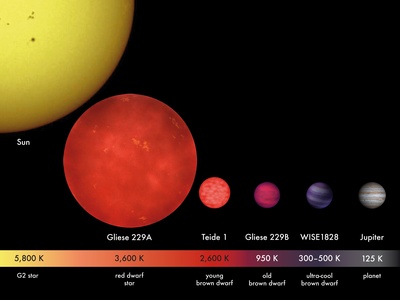
Gliese 229 B
A landmark object, as it was the first brown dwarf to be unambiguously identified and imaged in 1995. Its discovery confirmed the existence of a new class of substellar objects, bridging the gap between stars and planets.
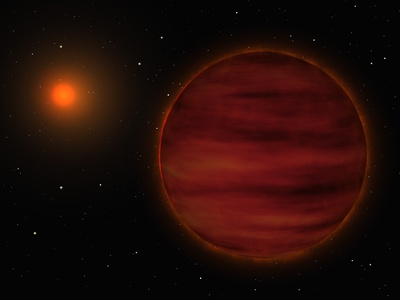
SCR 1845-6357 B
A T6 brown dwarf companion to a nearby M-dwarf star. Its well-measured properties, including its mass and orbit, make it an important “benchmark” object for calibrating the relationship between temperature, age, and luminosity for brown dwarfs.
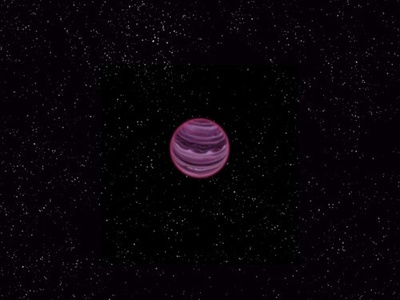
PSO J318.5-22
A young, free-floating planetary-mass object with a mass only about eight times that of Jupiter. Lacking a parent star, it provides a rare, unobscured view of what a massive gas giant planet looks like shortly after formation.

SIMP J013656.5+093347
A powerful, free-floating planetary-mass object that defies expectations. Despite its low mass, it generates incredibly strong magnetic fields, producing brilliant aurorae without being illuminated by a star—a truly unique cosmic phenomenon.

Luhman 16B
The cooler companion in the closest brown dwarf system to our Sun. It exhibits large-scale, persistent weather patterns, similar to Jupiter’s Great Red Spot, allowing astronomers to study extraterrestrial meteorology in detail.
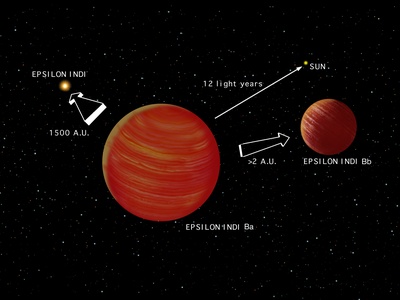
Epsilon Indi Ba
The warmer and more massive of the two brown dwarfs orbiting the star Epsilon Indi. Studying this binary pair helps astronomers refine models of how brown dwarfs cool over time, as both objects share the same age.

Luhman 16A
One half of the closest-known brown dwarf binary system. This object sits at the transition between the L and T spectral types, making it a critical subject for understanding how atmospheric chemistry changes as these objects cool.

DENIS-P J081730.0-615520
An extremely late-type L-dwarf, one of the coolest and least luminous objects of its class. It serves as an important link between the warmer L-dwarfs and the methane-dominated T-dwarfs that are even cooler.
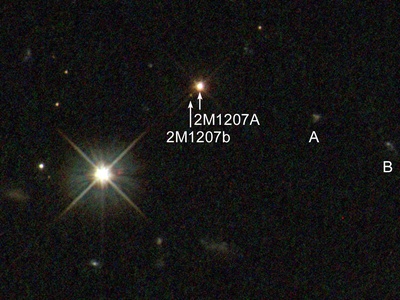
2MASSW J1207334-393254
A young brown dwarf in the TW Hydrae stellar association, famous for being one of the first brown dwarfs with a directly imaged planetary-mass companion. The system is a key test case for planet formation theories.

Cha 110913-773444
An extraordinary free-floating object with a mass just a few times that of Jupiter, surrounded by a miniature protoplanetary disk. It challenges our understanding of star and planet formation, appearing like a tiny, isolated solar system.

2MASS J0523-1403
One of the smallest and least massive known hydrogen-fusing stars. It lies at the very bottom of the main sequence, barely massive enough to ignite nuclear fusion in its core, blurring the line between star and brown dwarf.
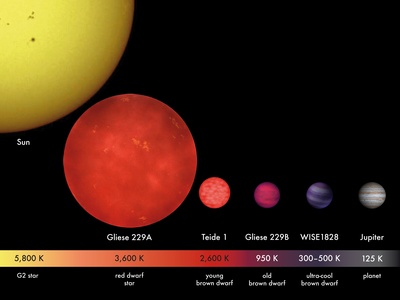
Teide 1
A historically significant object discovered in the Pleiades star cluster. It was the first confirmed L-type brown dwarf, providing definitive proof of the existence of these “failed stars” and opening up a new field of astronomy.
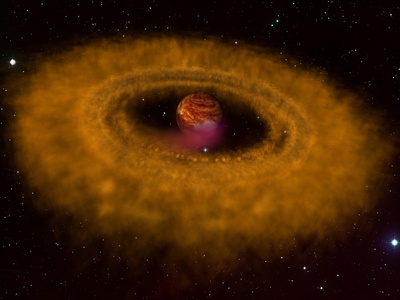
OTS 44
One of the least massive known free-floating objects, with a mass only about 12 times that of Jupiter. It is also surrounded by a disk of dust and gas, suggesting that even these tiny objects can form their own planetary systems.
Enjoyed this article?
Get daily 10-minute PDFs about astronomy to read before bed!
Sign up for our upcoming micro-learning service where you will learn something new about space and beyond every day while winding down.

